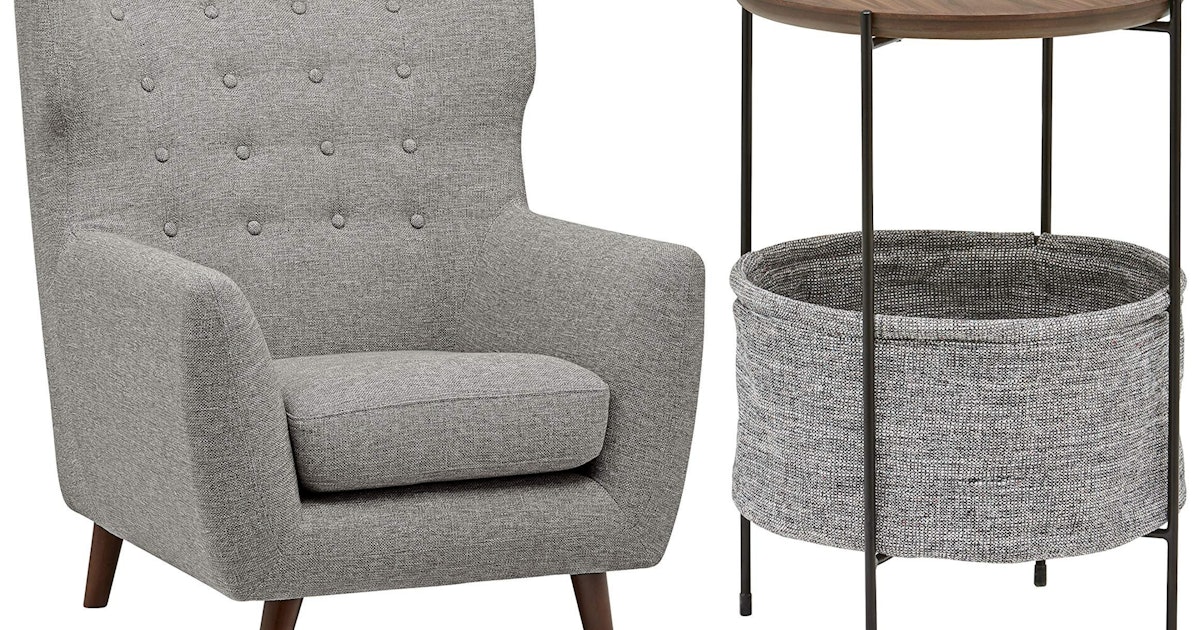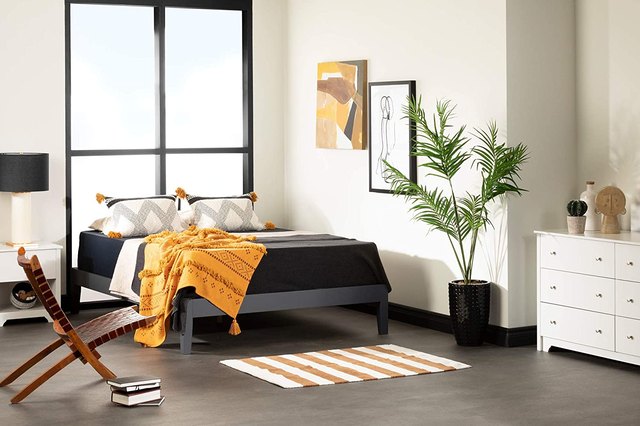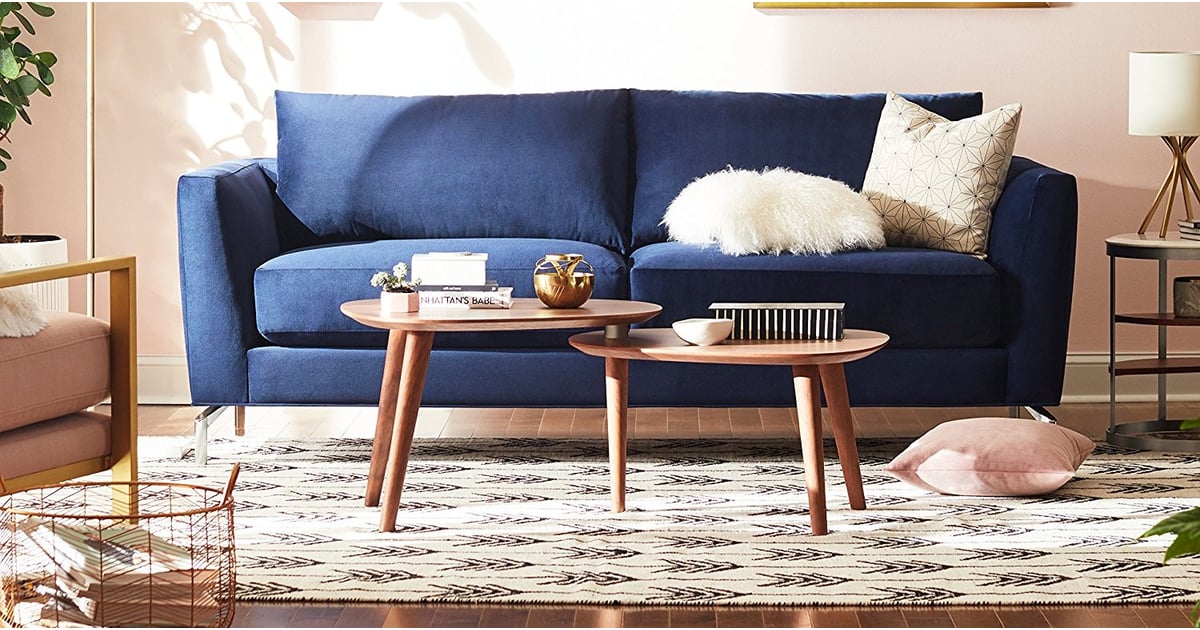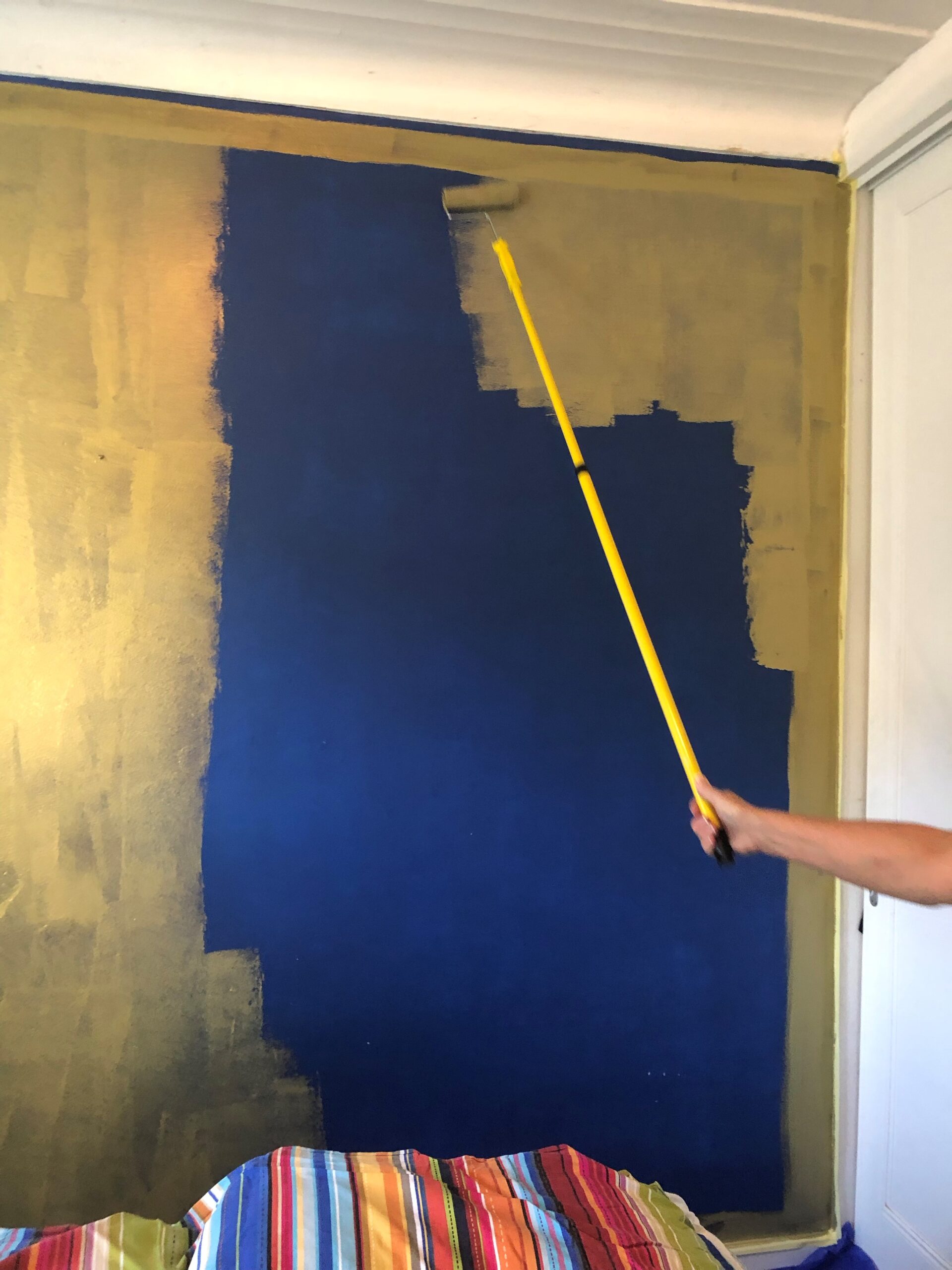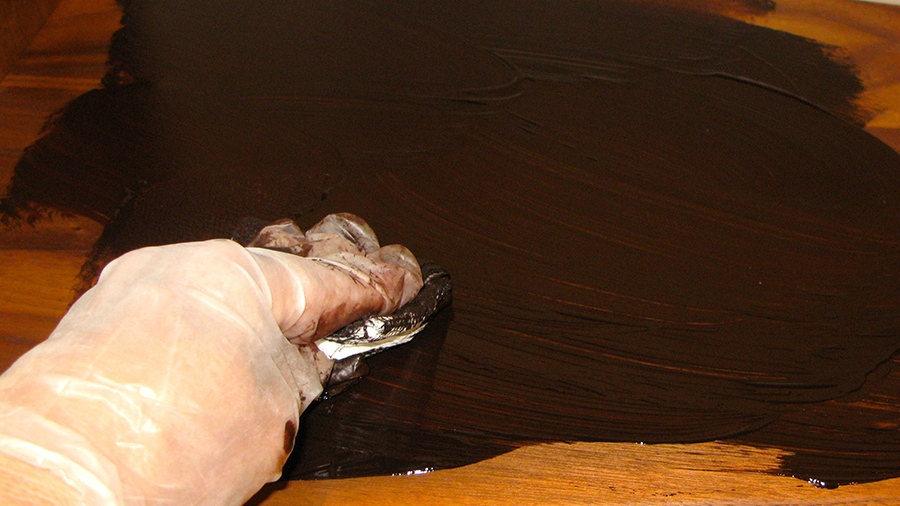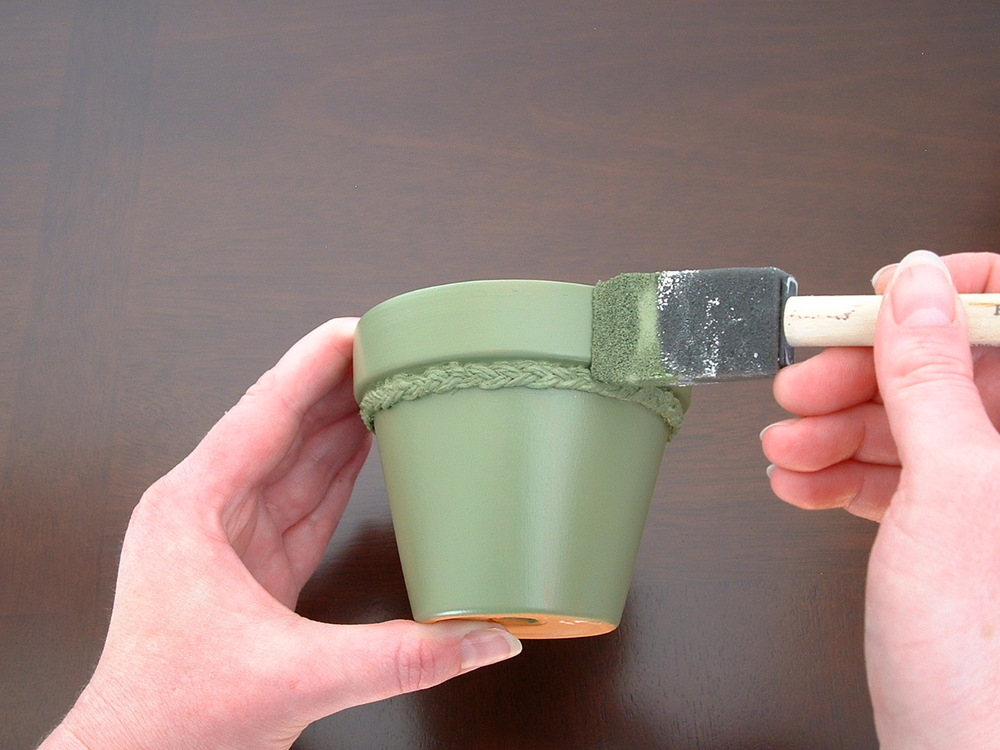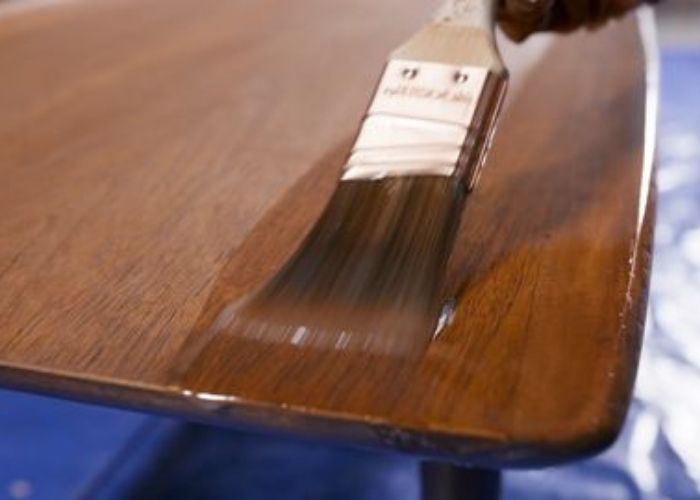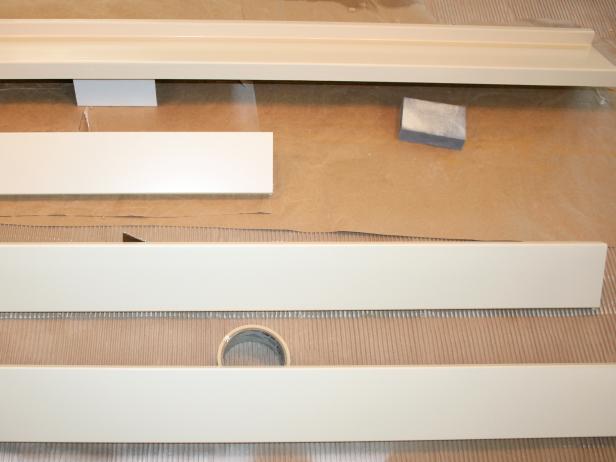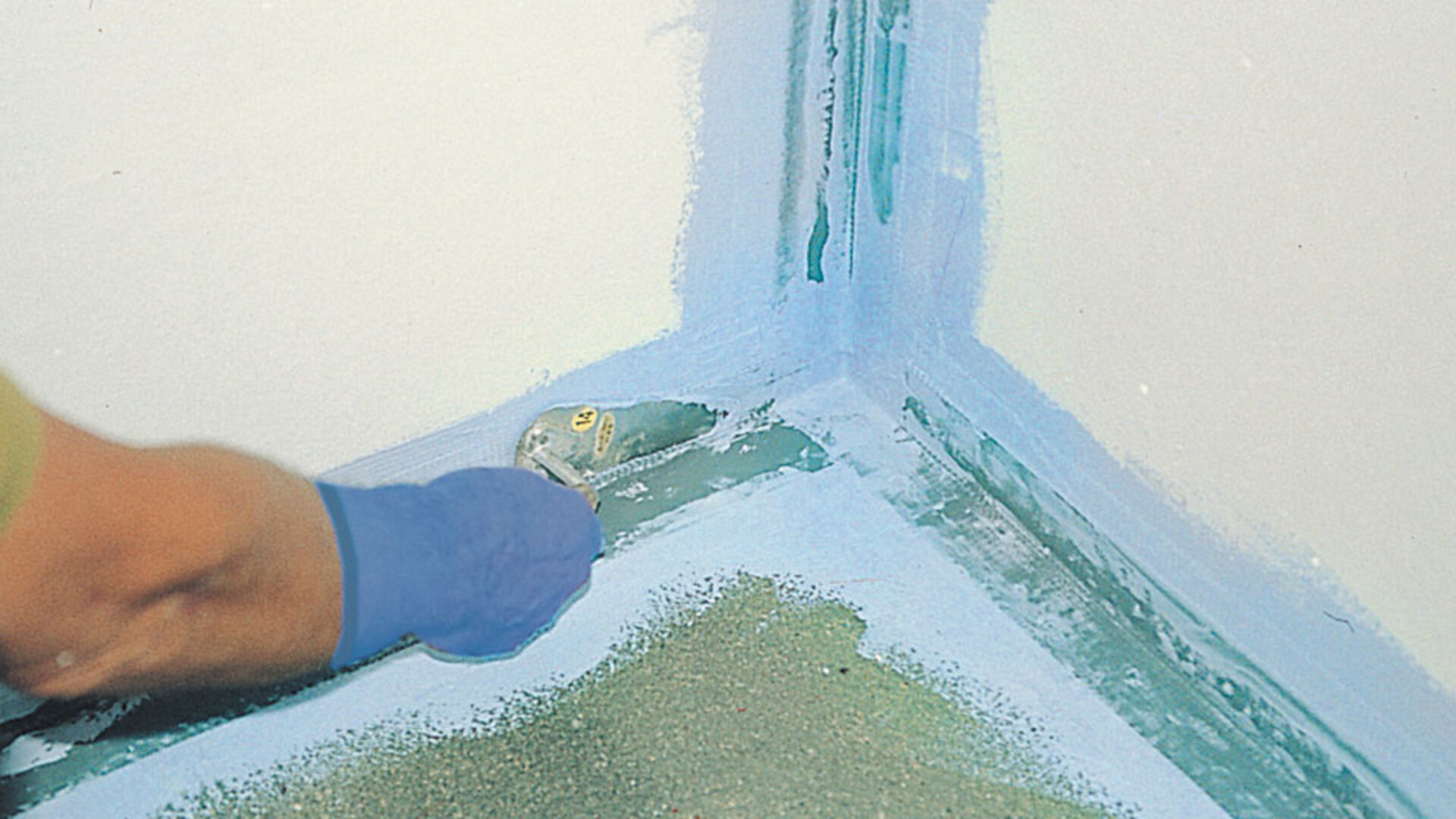Before you begin painting your bedroom furniture, it's important to properly prepare the surfaces. This will ensure a smooth and long-lasting finish. Start by removing any hardware, such as drawer pulls or knobs, and set them aside. Then, wipe down the furniture with a damp cloth to remove any dust or dirt. If the furniture has any scratches or imperfections, now is the time to fill them in with wood filler and sand them down. Once the surface is clean and smooth, you're ready to move on to the next step.Preparation
When it comes to painting furniture, not all paints are created equal. For a professional and durable finish, choose a high-quality paint specifically designed for furniture. Look for paints labeled as "furniture paint" or "chalk paint" as these tend to have better adhesion and durability. You can also opt for a latex or oil-based paint, but make sure to read the label and choose one that is suitable for the type of furniture you are painting.Choose the right paint
Before you start painting, make sure to remove all hardware from your furniture, including drawer pulls, knobs, and hinges. This will allow you to paint the entire surface without any obstructions. Once the hardware is removed, give the furniture a good clean with a degreaser or mild soap and water. This will remove any dirt, grime or oils that could affect the paint's adhesion.Remove hardware and clean the furniture
Sanding the furniture is an important step in the painting process. It helps to smooth out any imperfections and creates a rough surface for the paint to adhere to. You can use a sanding block or an electric sander, depending on the size of the furniture and your preference. Start with a medium-grit sandpaper and gradually move to a finer grit until the surface is smooth to the touch.Sand the furniture
If your furniture has any scratches, dents, or holes, now is the time to fill them in with wood filler. Make sure to choose a filler that is suitable for the type of wood you are working with. Apply the filler with a putty knife, and smooth out any excess. Once the filler is dry, sand it down until it's level with the rest of the surface.Fill in any imperfections
Priming your furniture is an important step to ensure the paint adheres properly and creates a smooth finish. Choose a primer specifically designed for furniture and apply it with a brush or roller. Make sure to cover the entire surface and let it dry completely before moving on to the next step.Prime the furniture
Having the right tools can make all the difference when it comes to painting furniture. For a smooth and even finish, use a high-quality brush or foam roller. Foam rollers are great for larger surfaces, while brushes are better for detailed areas. Make sure to choose a brush or roller that is suitable for the type of paint you are using.Choose the right tools
Now it's time to start painting! Dip your brush or roller into the paint and apply it in even strokes, following the grain of the wood. Make sure to cover the entire surface and apply enough paint to create a solid base. If you're using a latex or oil-based paint, you may need to thin it out with a bit of water or mineral spirits for a smoother application.Apply the first coat of paint
After applying the first coat of paint, let it dry completely before moving on to the next step. This can take anywhere from 2-4 hours, depending on the type of paint and the temperature and humidity in the room. Make sure to follow the drying instructions on the paint can for best results.Let the first coat dry
For a professional and long-lasting finish, it's recommended to apply at least two coats of paint. Once the first coat is completely dry, sand it lightly with a fine-grit sandpaper to smooth out any imperfections. Then, apply the second coat of paint in the same manner as the first. This will ensure a smooth and even finish.Apply the second coat of paint
How to Paint Bedroom Furniture: Tips for a Professional-Looking Finish

Step 4: Apply the Paint
 Now that your furniture is properly prepped, it's time to start applying the paint. Whether you're using a brush or a roller, make sure to apply thin and even coats. This will help prevent drips and create a smooth finish.
For best results, use a high-quality paint that is specifically designed for furniture.
This will ensure that your furniture not only looks good, but also holds up over time.
Now that your furniture is properly prepped, it's time to start applying the paint. Whether you're using a brush or a roller, make sure to apply thin and even coats. This will help prevent drips and create a smooth finish.
For best results, use a high-quality paint that is specifically designed for furniture.
This will ensure that your furniture not only looks good, but also holds up over time.
Step 5: Add a Second Coat
 Once the first coat of paint has fully dried, it's time to add a second coat. This will help give your furniture a more professional-looking finish.
Be sure to lightly sand the first coat before applying the second to ensure a smooth surface.
Again, apply the paint in thin and even coats, and allow it to fully dry before moving on to the next step.
Once the first coat of paint has fully dried, it's time to add a second coat. This will help give your furniture a more professional-looking finish.
Be sure to lightly sand the first coat before applying the second to ensure a smooth surface.
Again, apply the paint in thin and even coats, and allow it to fully dry before moving on to the next step.
Step 6: Protect and Seal
 To protect your newly painted furniture and give it a long-lasting finish, it's important to seal it with a protective topcoat.
You can choose between a wax or polyurethane finish, depending on the look you want to achieve.
Apply the topcoat in thin and even coats, and allow it to fully dry before using the furniture.
To protect your newly painted furniture and give it a long-lasting finish, it's important to seal it with a protective topcoat.
You can choose between a wax or polyurethane finish, depending on the look you want to achieve.
Apply the topcoat in thin and even coats, and allow it to fully dry before using the furniture.
Conclusion
 With these steps, you can easily transform your old and tired bedroom furniture into a stylish and personalized piece.
Remember to take your time and properly prep and paint your furniture for the best results.
And don't be afraid to get creative with colors and finishes to truly make your furniture stand out. With a little bit of effort and the right tools, you can achieve a professional-looking finish that will make your bedroom feel like a whole new space.
With these steps, you can easily transform your old and tired bedroom furniture into a stylish and personalized piece.
Remember to take your time and properly prep and paint your furniture for the best results.
And don't be afraid to get creative with colors and finishes to truly make your furniture stand out. With a little bit of effort and the right tools, you can achieve a professional-looking finish that will make your bedroom feel like a whole new space.


















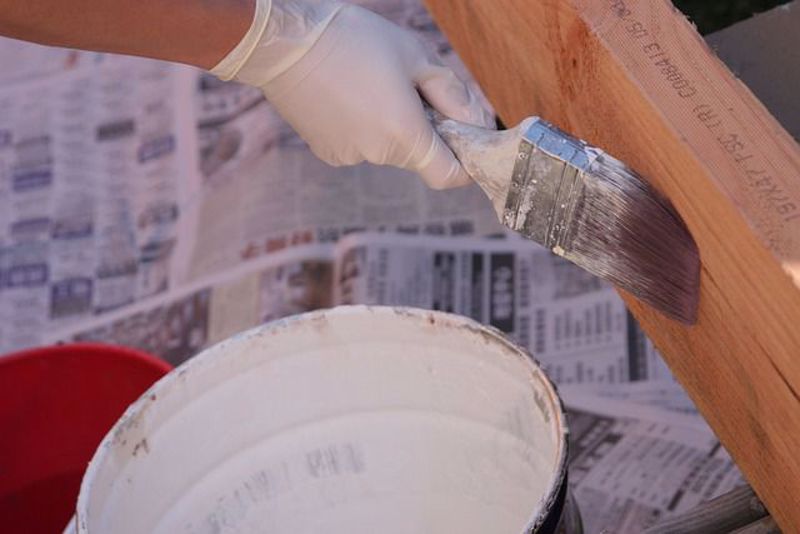

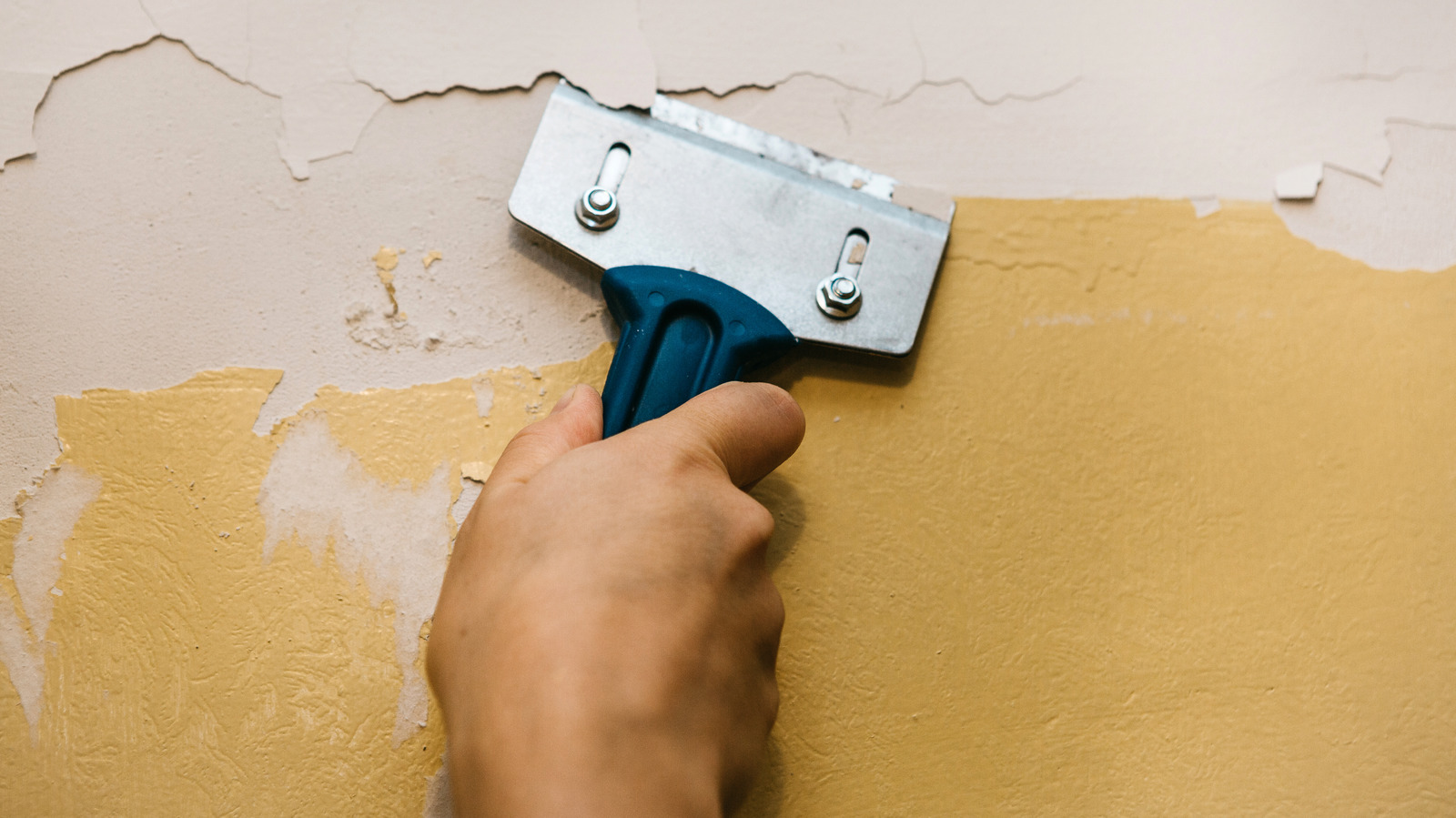













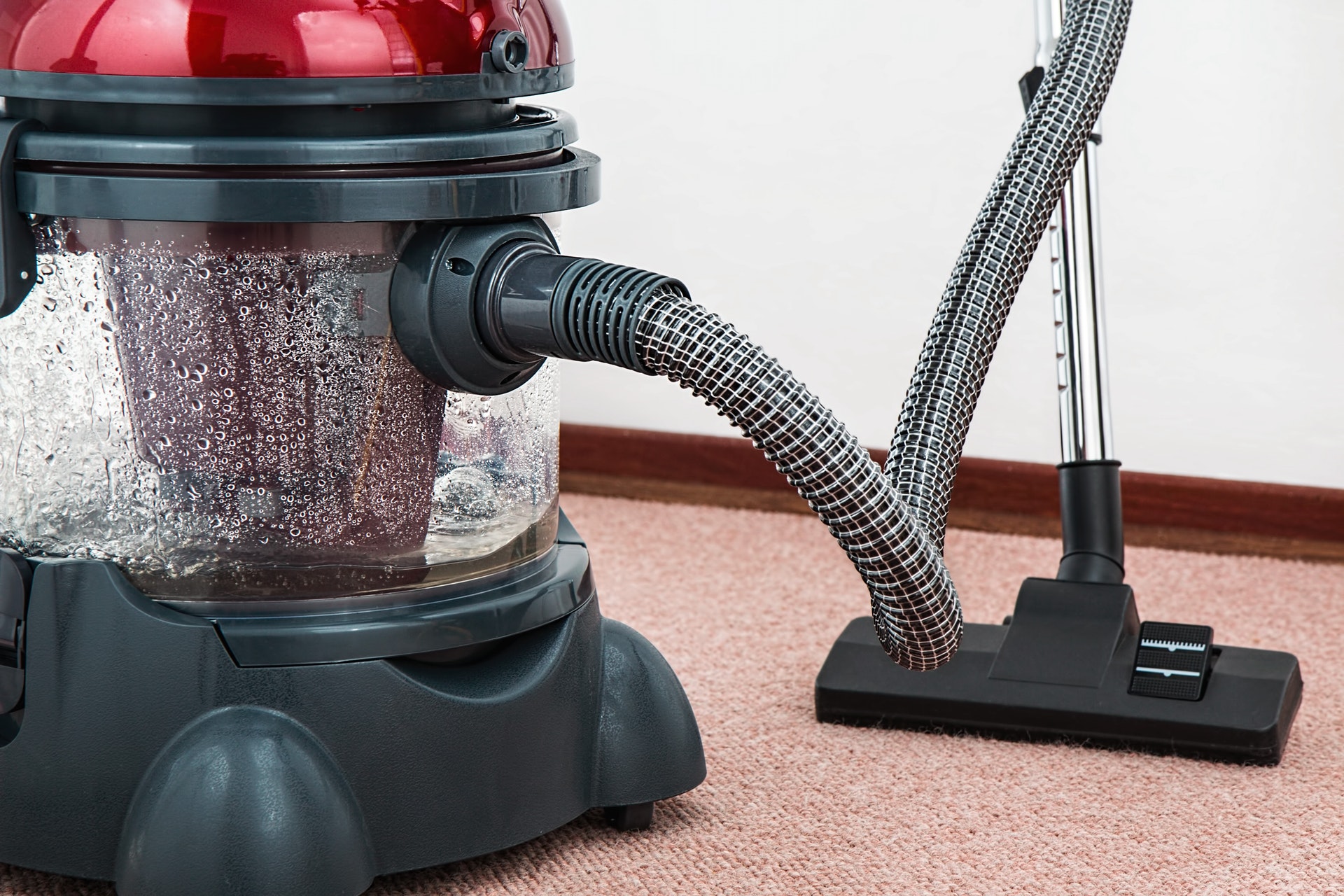

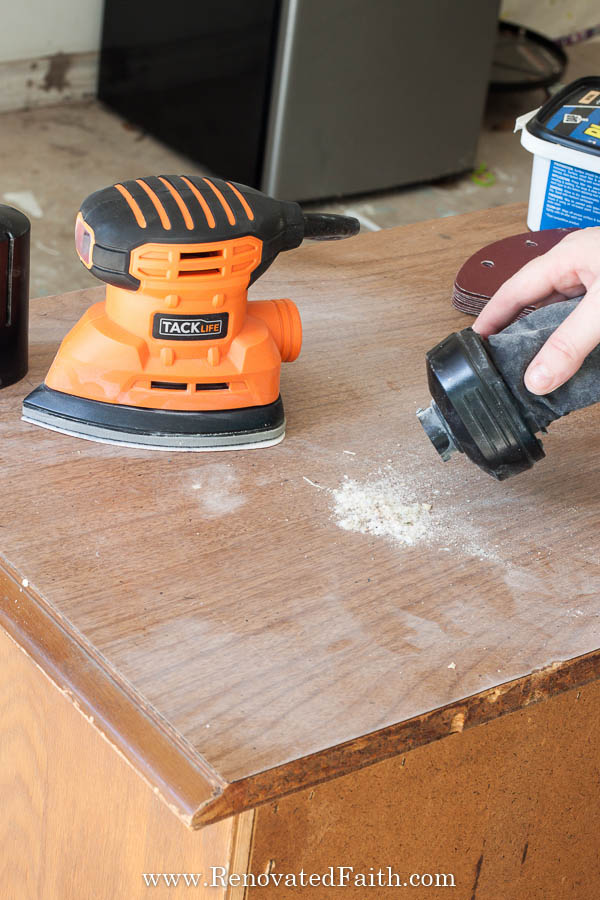






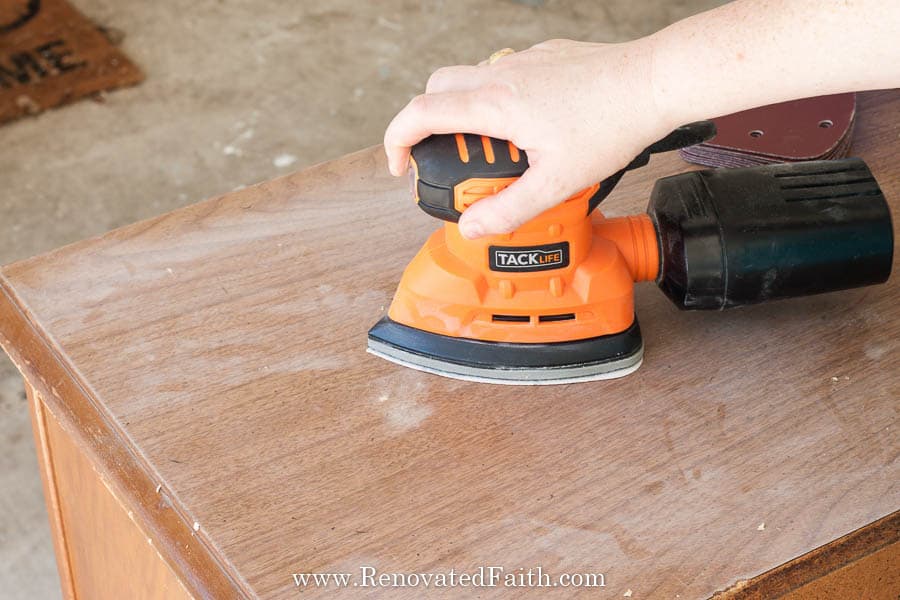
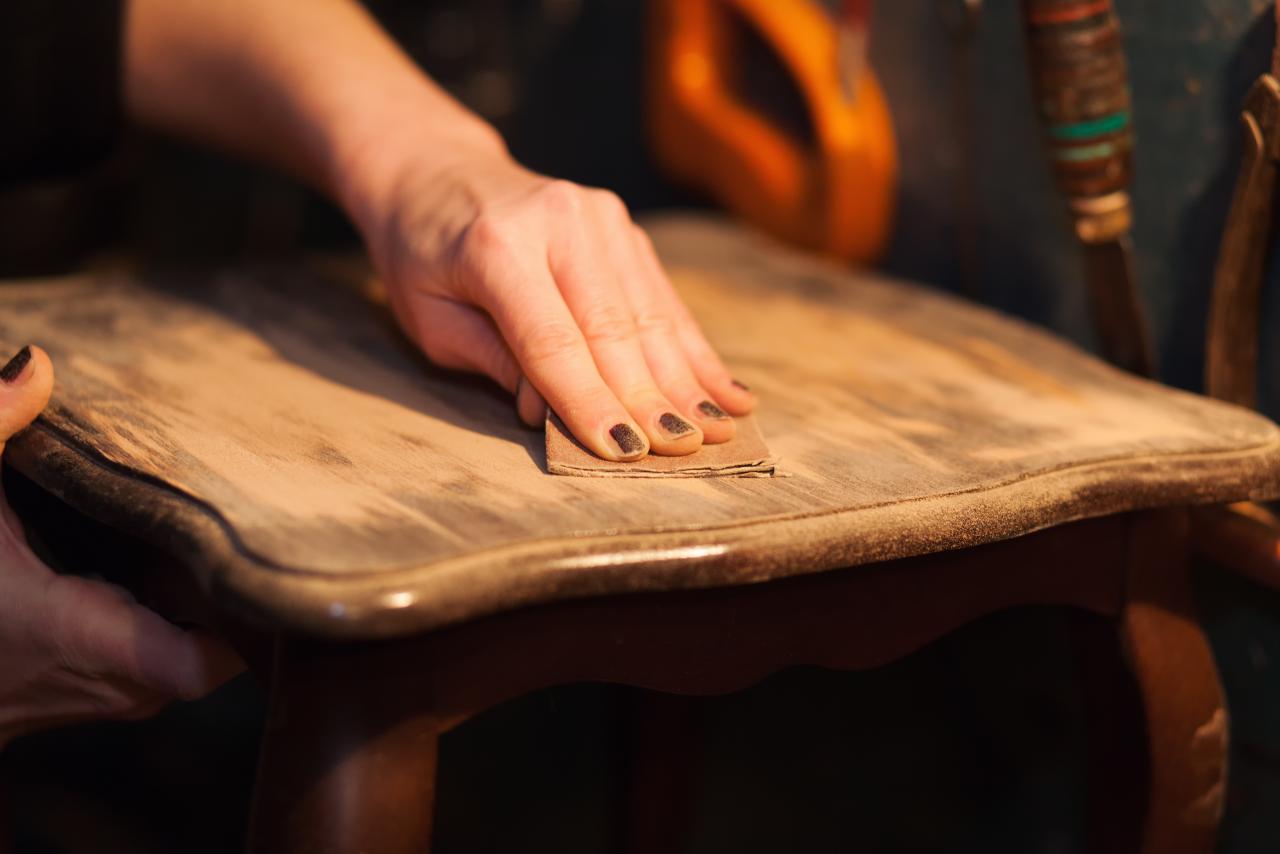
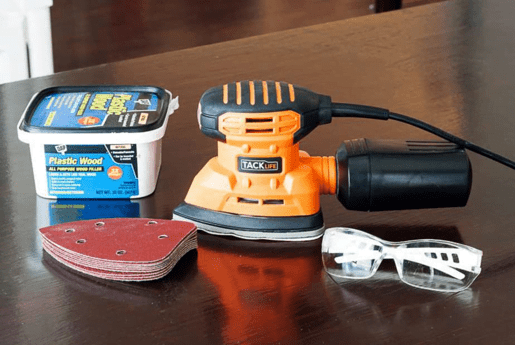


:max_bytes(150000):strip_icc()/SandFurniture-a6829f2b5e7f4425b04510366e9e7c4b.jpg)















